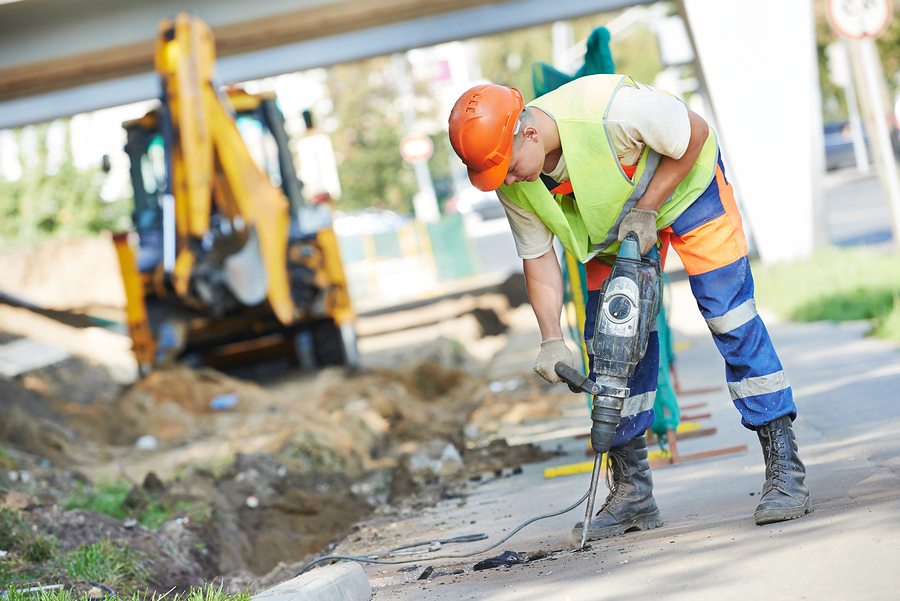While accidents can occur on any jobsite, demolition workers face a number of unique hazards ranging from encounters with unknown materials and design modifications to building deterioration. These hazards can easily lead to death, as they did for a Chicago construction worker earlier this year (struck by falling concrete) and six Philadelphia demolition workers last June (buried by a collapsing building). Fortunately, following the Occupational Safety and Health Administration (OSHA) standards for demolition can greatly increase the safety of your employees.
Before beginning any demolition job, OSHA requires the demolition contractor to take a series of steps to protect workers at the jobsite. These preparatory requirements focus on the overall planning of the demolition job and include the actions described below.
- Conduct an engineering survey. A survey is necessary to determine the condition of the framing, floors and walls of the building so that precautions may be taken to prevent a premature collapse of any portion of the structure. It must also consider the previous use of any hazardous chemicals, gases, explosives or flammable materials on the site. Samples may need to be taken and analyzed prior to demolition.
In some cases the demolition contractor must survey adjacent structures as well. In addition, the information gathered in the written survey report will enable the contractor to ascertain the equipment and manpower requirements of the job as well as plan for protection of workers in the event of fires, cave-ins and injuries. Basic safety equipment needs—from respirators to eye protection—must also be determined at this time.
- Locate and prepare utilities. The demolition contractor must make sure all utility service lines—including electric, gas, water, sewer and steam—have been shut off, capped or otherwise controlled before the demolition begins. In most cases this requires the advance notification and assistance of the associated utility companies.
If power, water or another utility will be required during demolition activities, the lines must be relocated or protected. The contractor must inform all jobsite employees of the location of any existing or relocated utility lines.
- Arrange for prompt medical attention. The demolition contractor must locate the nearest hospital, clinic or physician with the capabilities necessary to provide medical attention in the case of serious injury. He must ensure the jobsite supervisor knows the most direct route to the nearest facilities as well as has the ability to contact an ambulance service from the demolition site. Telephone numbers for ambulances, hospitals, the local police and fire department must be publicized.
In the event that the demolition work is being completed at a site without easy access to hospitals or clinics, a person certified in first aid must be available to provide medical attention. Regardless of location, all demolition jobsites must have a properly stocked first aid kit that is checked weekly to allow for the replacement of expired items.
- Create a fire plan. Set up before the demolition job begins, the fire plan must outline the duties of key jobsite workers in the event of a fire as well as provide an evacuation plan for everyone on the site. The contractor must also ensure that adequate fire-fighting equipment is located near any flammable or combustible liquid storage area on the jobsite and only approved containers or tanks are used for the storage of such liquids.
During the demolition, workers must maintain free access from the street to fire hydrants and outside connections for sprinklers, standpipes and other permanent or temporary fire-extinguishing equipment. A temporary or permanent water supply must be available for the proper operation of fire-fighting equipment, and fully charged portable fire extinguishers should be placed throughout the jobsite.
For additional information regarding OSHA demolition safety requirements, visit their website at www.osha.gov.



